The green heart of Trinidad
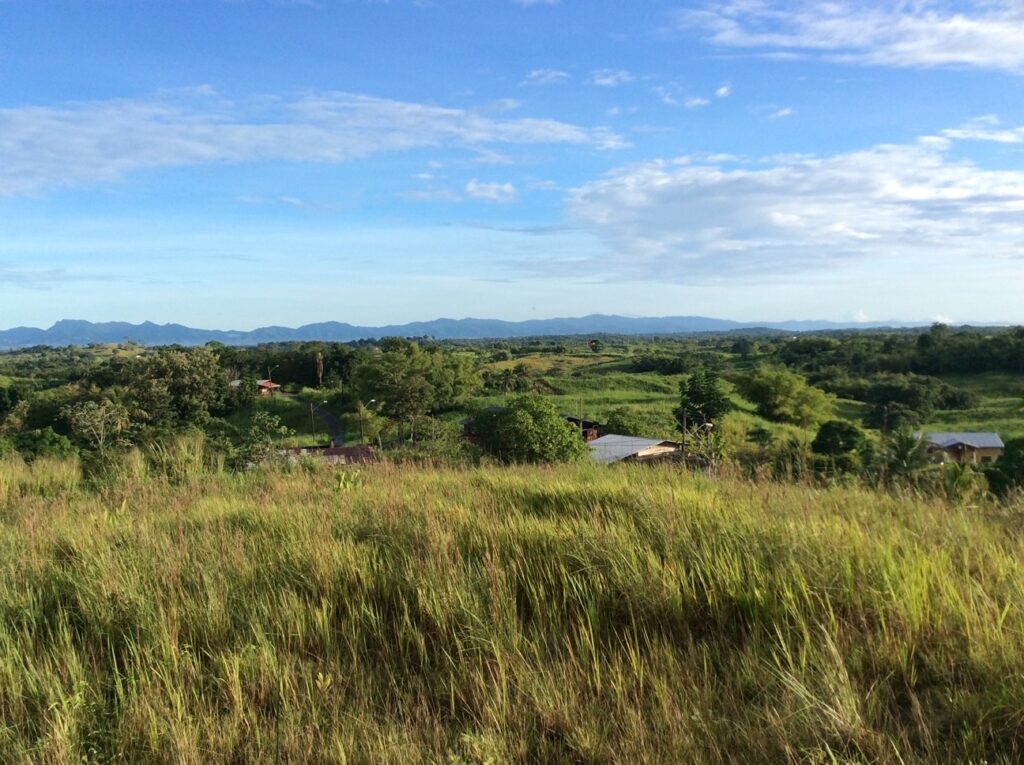
At the very centre of the Central Range, the heartland of Trinidad, a forest is re-growing. Part of this forest is the Ajoupa Pottery Garden, brought back from barren scrub by Bunty and Rory O’Connor for 35 years.
Bunty O’Connor tells Pat Ganase what it took to recreate a garden in Chickland.
Rory and Bunty O’Connor and their three children moved from Cascade and Santa Cruz to Chickland, in Trinidad’s Central Range, in 1989. They had bought a piece of the Les Lilas estate, last owned by Charles Melizan, with the intention to survive the recession by creating a pottery business.
For two decades, Ajoupa Pottery produced bowls, mugs, mini-ajoupa houses and other wares that were sold throughout the Lesser Antilles. The potter now devotes her time to artworks: mosaics, murals and clay creatures celebrating life in a forest.
The most serendipitous legacy of Ajoupa may be the regeneration of a garden on five acres of a Central Range hill.
Bunty O’Connor has written a detailed, heart-warming account, Re-Greening the Ajoupa Pottery Garden, in the Quarterly Bulletin of The Field Naturalist, published by the Trinidad and Tobago Field Naturalists Club (TTFNC). You can read it online at the website ttfnc.org; look for Volume 1/2, 2023.
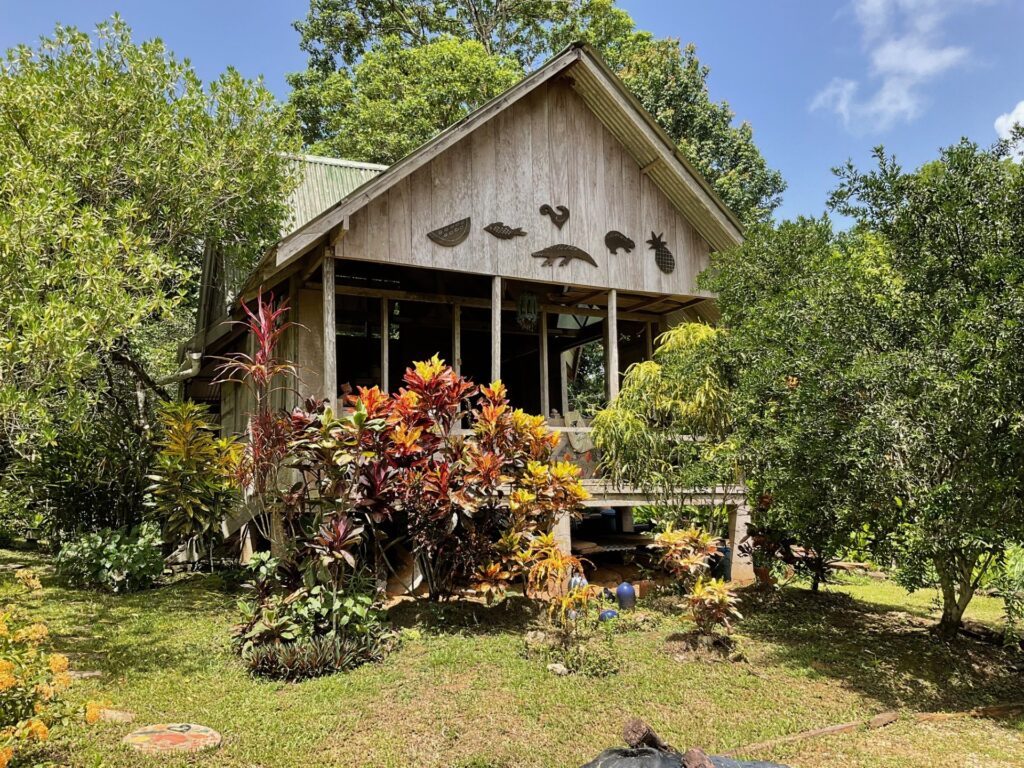
It is a crown and triumph of the couple’s working life and career. Moving out of the mainstream was a brave and revolutionary act, with many lessons about resilience, independence and raising children.
Most of all, it is the story of a garden, the O'Connors' home at the Ajoupa Pottery.
“Rory and I came to the TTFNC late in life. We had no time early on to enjoy the benefits of being members. It is a great organisation. You don’t have to be a scientist with a PhD to be a member, but there are lots of university graduates who are members, and they are all people to learn from.”
Shortly after they acquired a few acres of the Melizan estate, it was renamed Ajoupa, the name suggested by John Newel Lewis, architect and artist, who wrote a book by that name, after the early indigenous shelters.
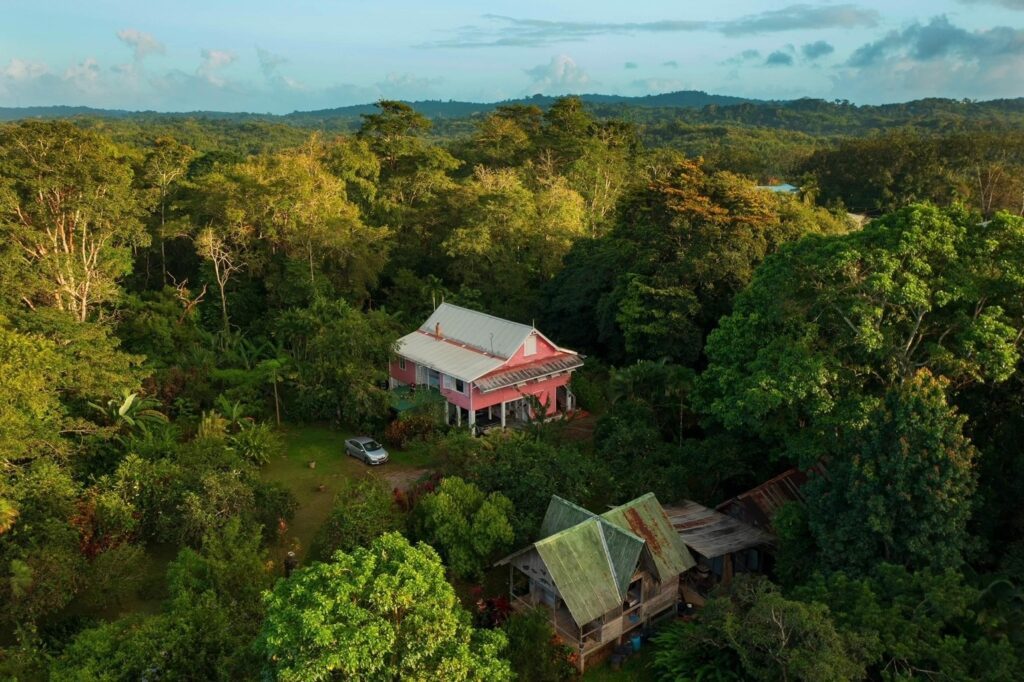
“In the 1950s and 1960s, it was an estate growing grapefruit and coffee. The Melizan family owned the estate from the days of indentureship. The old people in the village told me their grandparents received their first pay packets there. I am guessing the house dates from around the 1850s. The house was built of cedar, cut on the estate with other hardwoods like tapana and fiddlewood. There were three cocoa sheds.
“One of Charles Melizan’s projects was to build and furnish a ceramic factory in the 1970s, with the help of a consultant from Stoke on Trent in the UK. When the consultant died, Charles did not have the knowledge of local clay to carry on; he left Trinidad.
"I had been making pottery for some years before and we were looking for a space to grow our business. Although the place needed repairs, the equipment was in good shape. We were able to buy the factory and find people to train in and around Chickland.”
The central part of Trinidad is mostly clay, with which they would experiment for use in their pottery. It would also be the foundation of their garden.
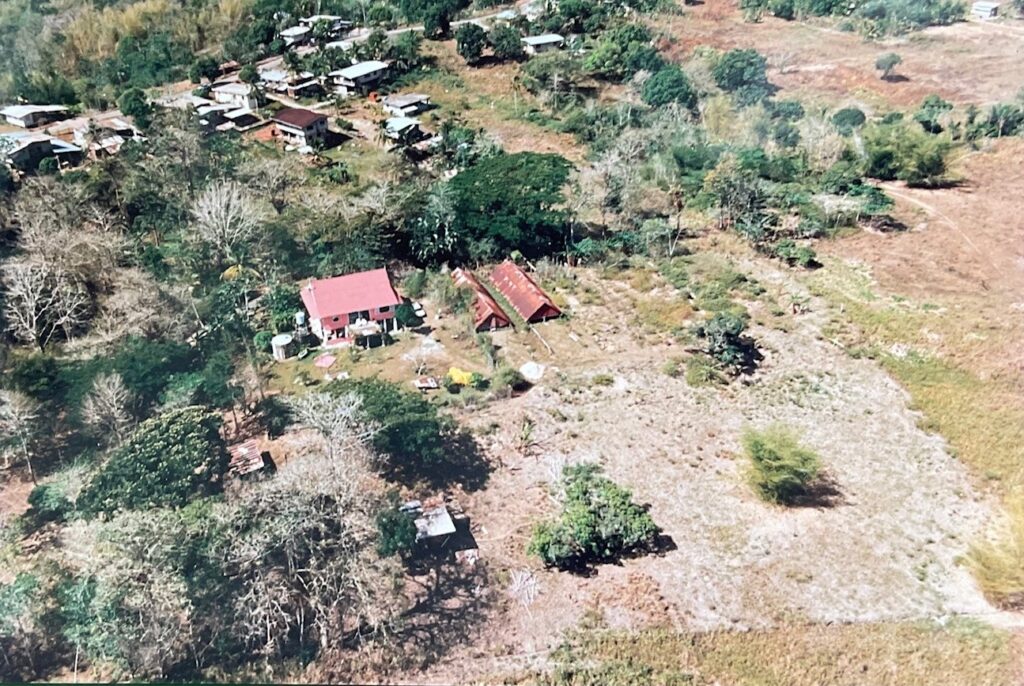
“Clay is good for making pottery, tiles and clay blocks for building. There are also pockets of sand here and there, separate from the clay.
"Nearby Arena means 'sand' in Spanish. There is a big fault line that runs diagonally across the Central Range, so the land moves with earthquakes, and rain brings down houses built on the sides of roads and rivers when the anchoring trees are cut down. In ancient times the Central Range may have been uplifted from below the sea by geological forces, as there are deposits of limestone (coral) called guaracara stone.”
The land around Ajoupa would become parched in the dry season, and be subject to fires. In the rainy season, all the water ran to the rivers.
“We had to put in rainwater storage cisterns to tide us over the dry season and cut fire traces every January,” said Bunty.
“We learned that it is possible to reforest. Trees grow really well on clay, especially citrus. Our first plantings were always burned by fires lit by neighbours to clear land.
"After 35 years, it is still going on. Just last week, we were talking to a farmer from Gran Couva who has the same experience.”
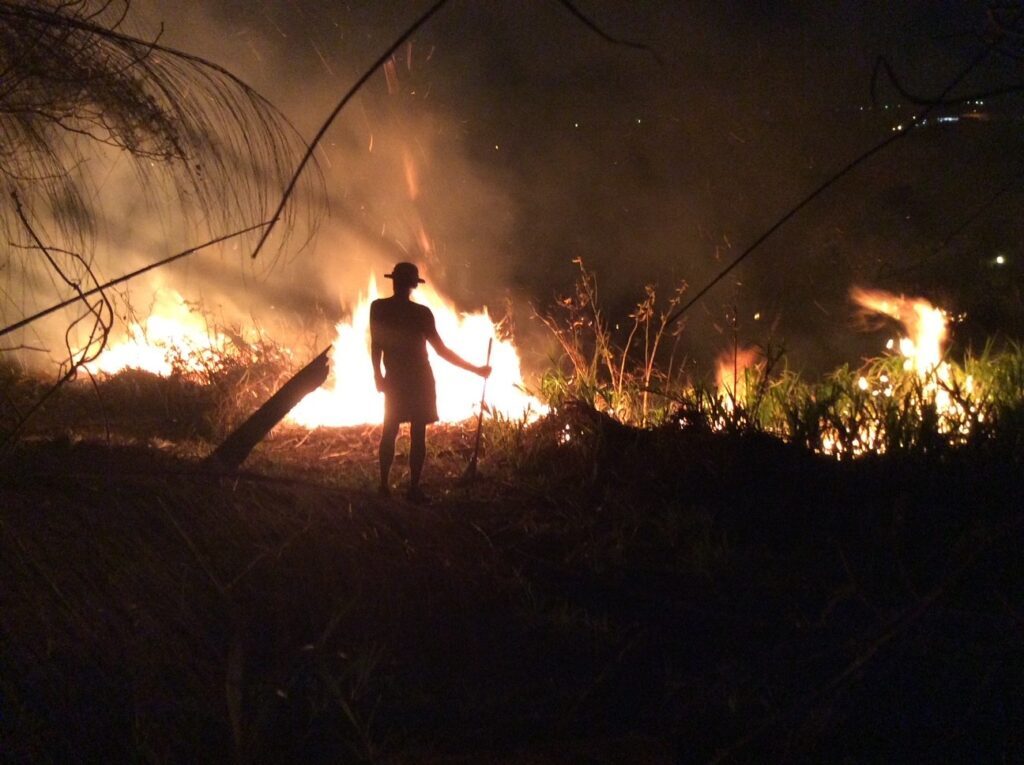
Their business was making pots, and this funded the conservation of the soil to nurture the trees and new vegetation in a growing season that was barely half a year.
“I have to say that the Forestry people are exceptionally helpful. Kricher’s book the Neo Tropical Companion was an eye-opener. Another favourite is the Weeds of the Lesser Antilles – a Cardi publication with excellent photographs. The weeds, of course, are the things that bring the birds and butterflies to your garden.
"Hiking in the forests with Carl Fitzjames showed us many things about plant associations. Learning about permaculture with Erle Rahaman-Noronha at Wasamaki reinforced what we saw in the forests.”
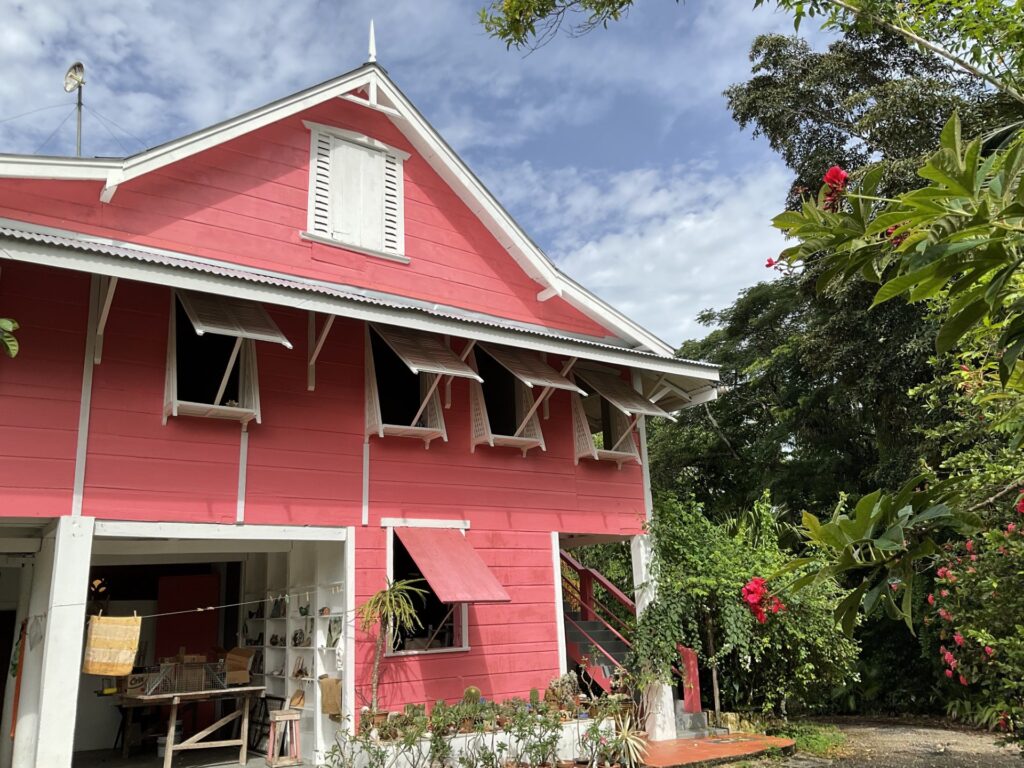
One of the first things they learned was that soil is alive and needs to be nourished like any living thing.
“What is soil? It is so used up in this island that you have to start from scratch recreating it.
"Tropical lands don’t have very good soil. When the forest is cut, the land is only good for a few growing seasons before the soil is depleted. In a living forest, plant and animal matter fall to the ground constantly and are recycled by the roots of the trees.
"You have to try to build up your bare clay with composted kitchen waste, prunings from the garden, cardboard, newspaper, any type of animal manure, and allow them to be broken down by organisms. It takes 100 years to make a millimetre of soil.”

Over the years, Ajoupa has attracted a community: those who invested in the vision of a garden and those who came to find work. Today, the garden is visited by people from all over Trinidad.
“Initially Seukraj from La Vega, Mr Bonaparte, who is still with us, many volunteers who came to plant trees and enjoy the outdoor work; grandsons who helped with taking bird vine off trees and chopping down the dreaded bamboo. Rheanna Chen helped us to develop ways of making the garden commercially viable. She organised events that showcased mushroom-growing, orchid pollination, yoga.”
Thirty-five years have gone. The three children have grown and moved away.
“Rory says that the tranquillity of the place gives him most joy. For me, I love the night sounds, the frogs with all their different voices. We have 12 or so different species of frog and toad.

"The sound of the owls is especially thrilling. Nightjars whistling in the evening.
“In a perfect world we would like to see the garden being allowed to evolve where animals and plants can thrive. I would love for Ajoupa to be maintained as a centre for learning and observation. In our lifetime, so many of the beautiful places have been spoiled by poor land management and destructive agricultural practices.”

Comments
"The green heart of Trinidad"